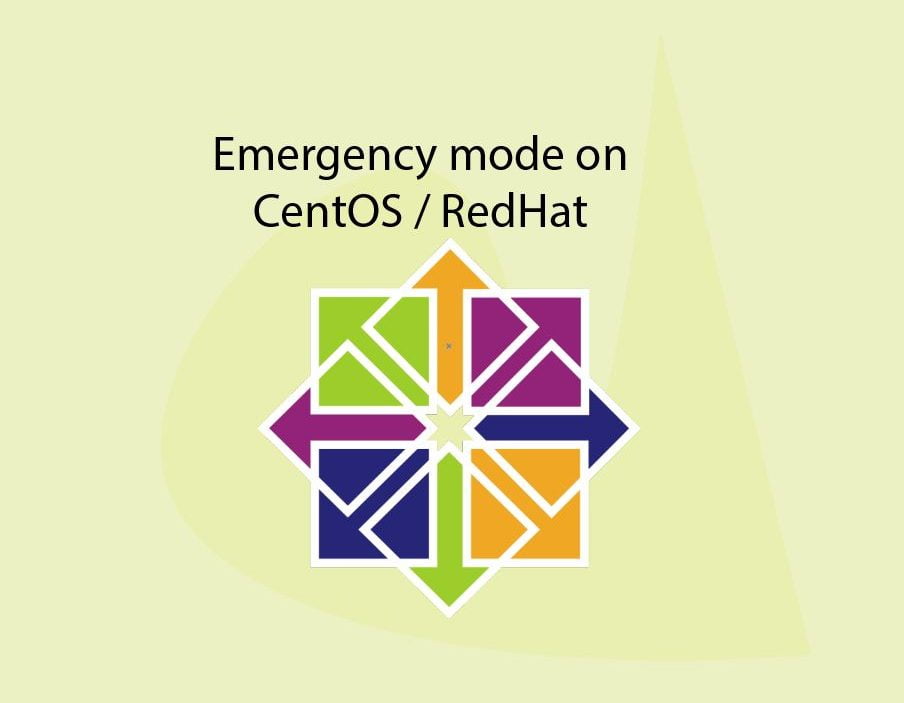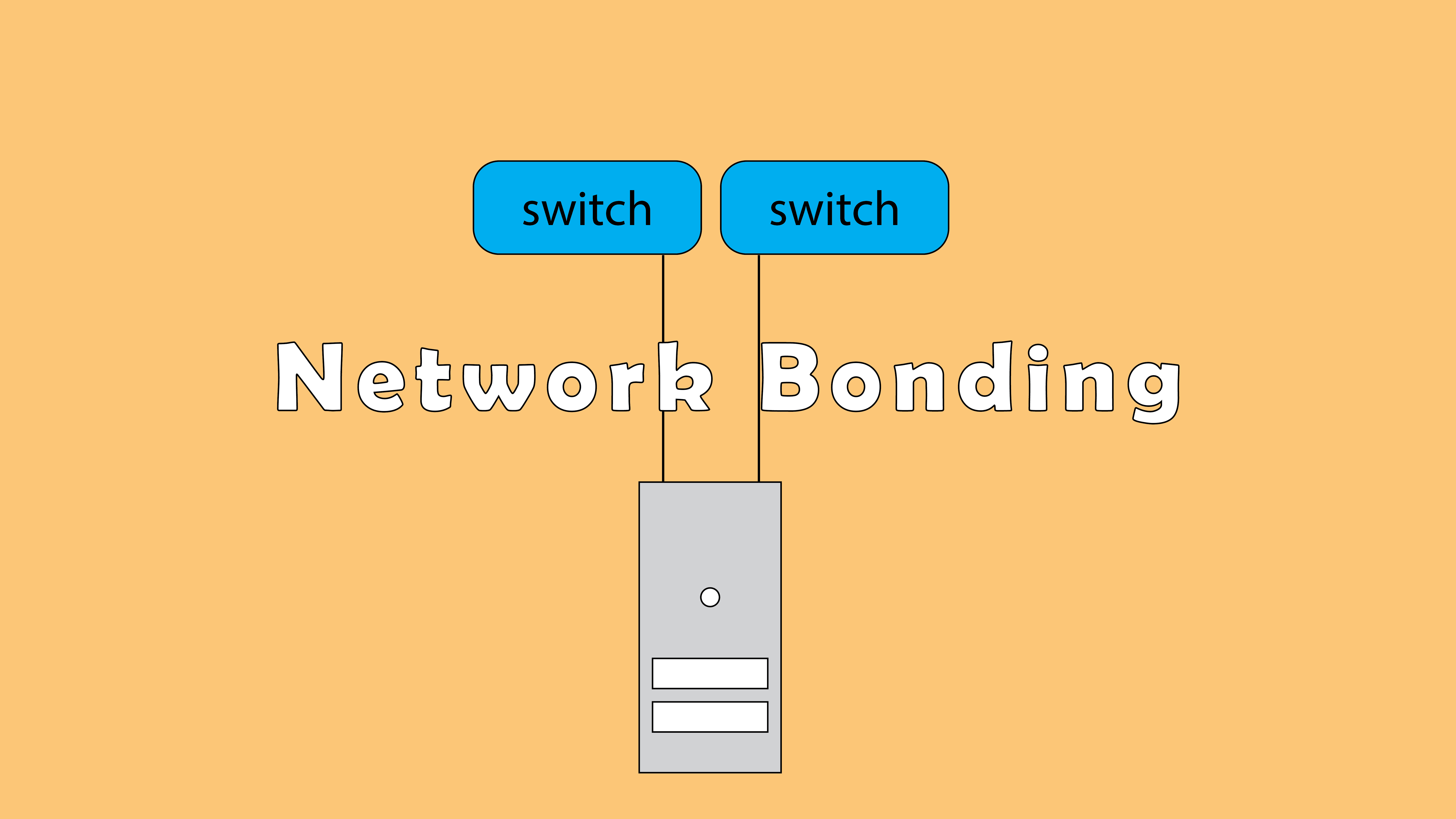Emergency mode on CentOS / Redhat allows you to start the system with the most minimal environment possible and allows you to repair problems or cancel changes you have made before.
In emergency mode, the root filesystem in mounted in read mode, however local filesystems are not mounted. Note that this mode requires the root password to use it but If you have lost the password, see this article to recover it.
In this tutorial, we will see how to access emergency mode on CentOS / RHEL.
Boot into emergency mode on CentOS / RHEL
Step 1 : Boot the system
Step 2: once the GRUB2 menu is displayed, press the letter « e » to edit

Step 3: at the end of the line starting with “Linux16”, type “systemd.unit=emergency”, then restart by pressing “Ctrl+x” :

Step 4: Enter the root password


To read this article in French click here.








nmtui : Configurer une adresse IP sous Linux
7zip: 9 Commandes utiles de les plus utilisés
Kubernetes : Le Scheduler ( Partie 1)
Définir temporairement une adresse IP sur un OS Linux
Fail2Ban : How to protect Linux services